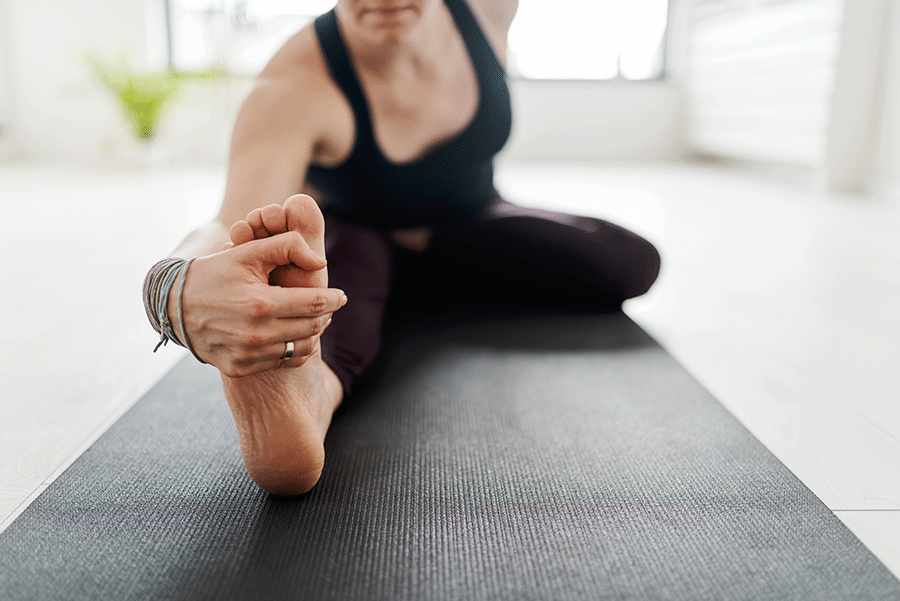Restricted Kinematic or Mechanical Alignment: Which offers patients higher satisfaction?
Total knee arthroplasty (TKA) is the most common orthopaedic procedure performed in modern medicine1. It is a major surgical procedure involving removing all or part of the damaged joint surface and replacing it with an artificial prosthesis. The results of TKA are usually excellent, but patients may experience pain and swelling after surgery lasting several months, especially if they have had previous knee complications such as osteoarthritis or rheumatoid arthritis (RA).
Alignment in total knee arthroplasty (TKA) has received more attention recently to increase patient satisfaction. Three basic alignment concepts have been established from the descriptions of various alignment approaches2: (1) Systematic alignment, including anatomical alignment and mechanical alignment (MA). (2) Patient-specific alignment, including kinematic alignment (KA)3, and (3) hybrid alignment, including adjusted mechanical alignment (aMA)4 and restricted kinematic alignment (rKA).
While restricted kinematic alignment (rKA) tries to keep the native coronal alignment within a Hip-knee angle (HKA) angle safe zone of 177° to 183°, mechanical alignment (MA) strives for a rigorous neutral coronal alignment with a hip-knee-ankle (HKA) angle of 180°. Anatomic component location, greater physiological joint line obliquity, and knee kinematics are the objectives of KA5.
To keep patients free of any discomfort and satisfied after TKA, it has been suggested that surgeons wisely choose which alignment method will give them greater control over their patient’s gait during walking activities postoperatively6.
A study conducted in 2022 included 200 patients, with 100 assigned to each group. At 1 and 2 years post-operative, the forgotten joint score (FJS) was considerably greater in the KA group compared to the MA group. The FJS of the MA and KA groups was statistically comparable at six months. At week six following surgery, VAS scores in the KA group were considerably lower than in the MA group. According to this study, individuals who underwent TKA with KA had higher FJS 1 and 2 years after surgery and reduced discomfort in the first six weeks following surgery.
A randomized controlled trial conducted in 2016 showed that patients who underwent TKA with rKA had a better score on VAS, but the p-value was insignificant. With no discernible variations in function one year after surgery, kinematically aligned TKAs appear to have similar short-term effects to mechanically aligned TKAs. This RCT employed KOOS (Knee injury and Osteoarthritis outcome score) and UCLA (University of California-Los Angeles) scores to assess results. They showed no significant differences between the two groups.
Similarly, there are quite a few other meta-analyses that show varied results regarding comparative analysis between the two alignment methods. In a recent meta-analysis, Takahashi et al. showed that KA led to superior WOMAC scores, OKS, KSS, and post-operative ROM. Yoon et al. showed no difference in tibial component slope, but greater overall function was seen with TKRs with KA. According to Luo et al., KA produced functional, radiological, and post-operative results comparable to those of MA without raising the rate of complications7.
KA strives to position TKA implants to meet each patient’s native anatomy as opposed to the conventional MA, which places the femoral and tibial components perpendicular to their corresponding mechanical axes. Anatomic component location, greater physiological joint line obliquity, and knee kinematics are the objectives of KA8.
Conclusion
The restricted inverse kinematic alignment improves patient-reported outcome more than the adjusted mechanical alignment. We conclude that this method is a promising option for future studies in the field of TKA and can be used to improve rehabilitation outcomes without causing any additional harm to the patient.
The evidence suggests that the more you strive to recreate a patient’s natural joint anatomy, the greater likelihood there is that the patient will have a slightly improved outcome when compared to a patient who receives a mechanically aligned knee. Personalized medicine is undergoing something of a boom in the last couple of years. This trend is especially true as more younger patients opt for total joint replacement than in years past. The younger demographic is holding their procedure to a higher standard as they want greater reassurance that their procedure is going to allow them to be as active as they were when they were healthy. Kinomatic is proud to offer this level of procedure to our patients: truly personalized total joint replacement procedures through precision custom surgical planning.
To learn more about this technology, click here.
References:
- Sabeh, Karim G., et al. “The impact of medical comorbidities on primary total knee arthroplasty reimbursements.” The journal of knee surgery 32.06 (2019): 475-482.
- Rivière, Charles, et al. “Current concepts for aligning knee implants: patient-specific or systematic?.” EFORT open reviews 3.1 (2018): 1-6.
- Howell, Stephen M., Maury L. Hull, and M. R. Mahfouz. “Kinematic alignment in total knee arthroplasty.” Insall and Scott surgery of the knee. Philadelphia, PA: Elsevier (2012): 1255-1268.
- Almaawi, Abdulaziz M., et al. “The impact of mechanical and restricted kinematic alignment on knee anatomy in total knee arthroplasty.” The Journal of arthroplasty 32.7 (2017): 2133-2140.
- Howell, Stephen M., et al. “Results of an initial experience with custom-fit positioning total knee arthroplasty in a series of 48 patients.” Orthopedics 31.9 (2008): 857-863.
- Ramsey, Dan K., et al. “Effect of anatomic realignment on muscle function during gait in patients with medial compartment knee osteoarthritis.” Arthritis Care & Research 57.3 (2007): 389-397.
- Nisar, Sohail, et al. “Kinematic alignment in total knee arthroplasty.” EFORT open reviews 5.7 (2020): 380-390.
- Hirschmann, Michael T., et al. “Phenotyping the knee in young non-osteoarthritic knees shows a wide distribution of femoral and tibial coronal alignment.” Knee Surgery, Sports Traumatology, Arthroscopy 27.5 (2019): 1385-1393.
